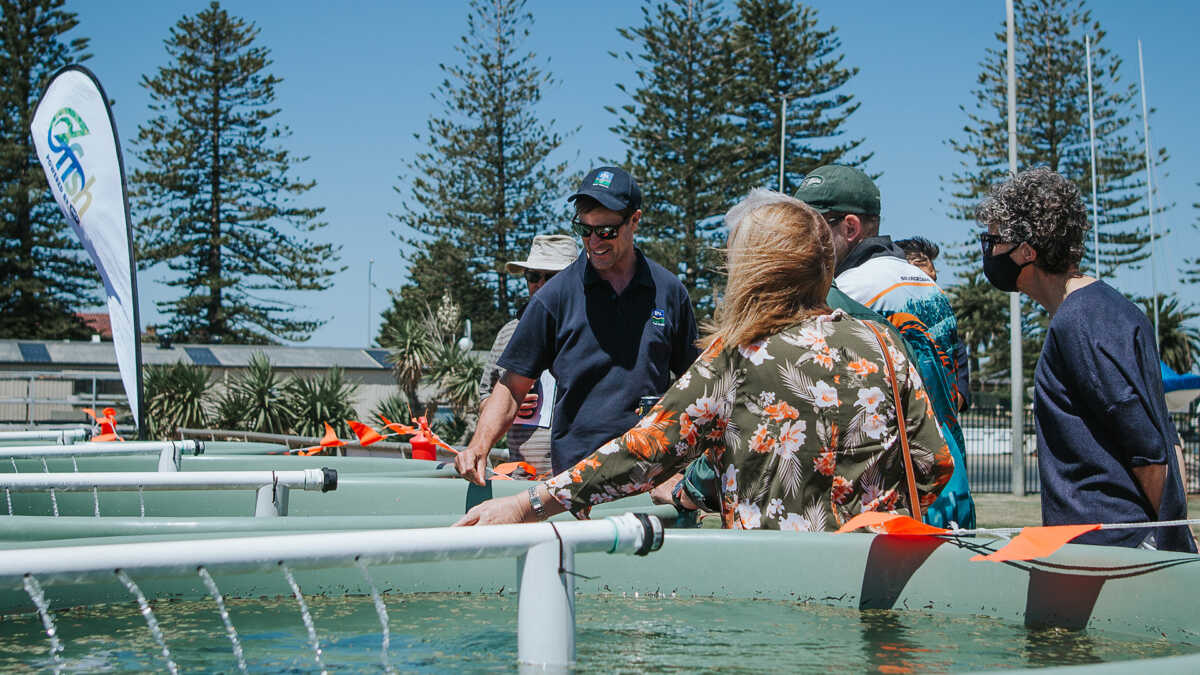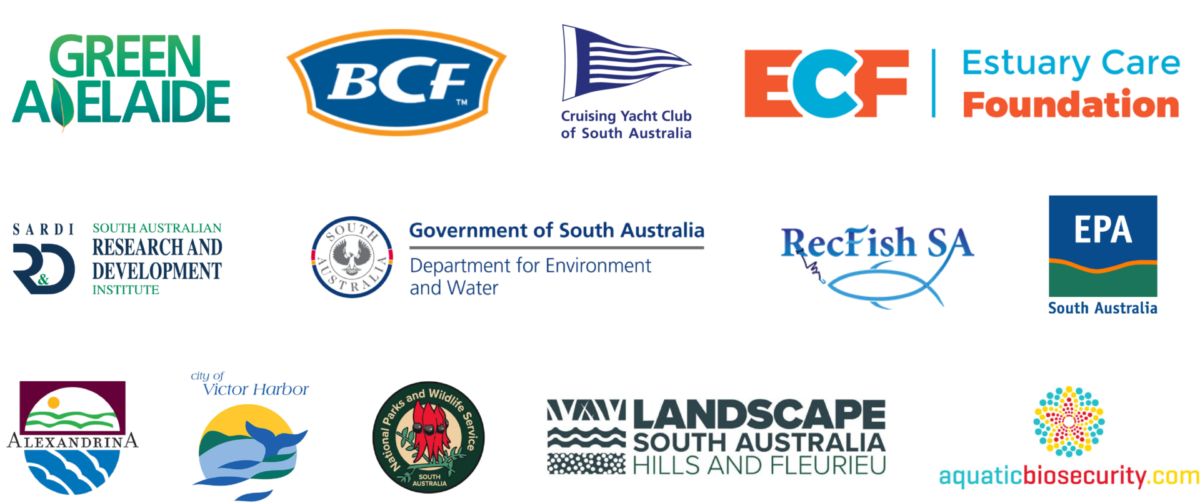Restoring seagrass meadows along South Australia’s coastline

We’re urging South Australians to once again support our seagrass restoration initiative in the state to play a key role in improving water quality, protecting the state’s coastline and boosting native fish numbers in local waters.
Our ‘Seeds for Snapper’ seagrass restoration initiative returns to Adelaide’s Gulf St Vincent for its third year. This year, the project will also be supported by an iconic sight on the waters off Adelaide – the One and All tall ship.
For the first time, we’re also expanding our seagrass restoration efforts in South Australia to a second project on the Fleurieu Peninsula. Seeds for Snapper is the largest initiative of its kind in Australia – being community-driven and led by rec fishers.
We’re calling upon recreational anglers, boaters, beachcombers, community organisations, and businesses, to get involved and make 2022 the biggest year yet. Last year, our community of more than 400 volunteers delivered more than 2,174 hours to the project.
“In the first two years of Seeds for Snapper in Adelaide, we have dispersed more than 25,000 seagrass seeds and we want locals to help us again to build on that great work,” said Rachel Williams, OzFish Project Manager for South Australia.
“It is estimated that a single hectare of restored seagrass can produce an average of 207 kilograms of fish per year more. By getting involved, you will be directly helping restore a healthy habitat that will benefit fish, our marine environment, and local communities.”
Volunteers can get involved in either project through a variety of roles, including as beachcombers and boaters collecting seagrass fruits as they float or wash up along the shore.

“Getting involved is easy – all people have to do is register on the OzFish website and then stay tuned, via dedicated channels, for updates on where seagrass fruits have been spotted,” said Rachel.
Once collected, the fruits are processed in saltwater popup tanks and the resulting seeds sewn into environmentally friendly biodegradable sandbags.
The sandbags of seeds are then dispersed, by boat, at strategic locations identified by marine scientists from the Environment Protection Authority and South Australian Research and Development Institute. This year, the dispersal effort in Adelaide will be aided by the One and All, which will be giving day trippers on a special cruise the chance to get involved.
Those interested in volunteering on the Adelaide project can attend an information day on Saturday 19 November at Cruising Yacht Club of South Australia. For the Fleurieu project, the information day is on Saturday 12 November at Victor Harbor Town Hall.
Attendees at each event will learn more about getting involved, and how to collect, process and sow seeds into bags.
The seagrass fruit harvesting and seed dispersal season takes place from late November until early January. Collection and dispersal days and times can be subject to weather and tides, so it’s best to stay tuned to our dedicated social media channels for updates on where to spot the fruits.
More than 6,000 hectares of seagrass meadows has been lost from Adelaide’s metropolitan coastline, over a fifth of the city’s fishing grounds, devastating the local fisheries’ ecology.
We look forward to having you on board as we continue to grow the success of Seeds for Snapper in South Australia.
Head to the Seagrass Restoration project pages to find out more.
Seeds for Snapper in Adelaide is funded by Green Adelaide, with Seeds for Snapper in the Fleurieu Peninsula funded by Landscape South Australia Hills and Fleurieu. Both projects are also powered by BCF – Boating, Camping, Fishing, which is heavily invested in seeing projects like this come to life.
Other project partners already on board include South Australian Research and Development Institute, RecFish SA, Cruising Yacht Club of South Australia, City of Victor Harbor, Estuary Care Foundation, and Aquatic Biosecurity.

